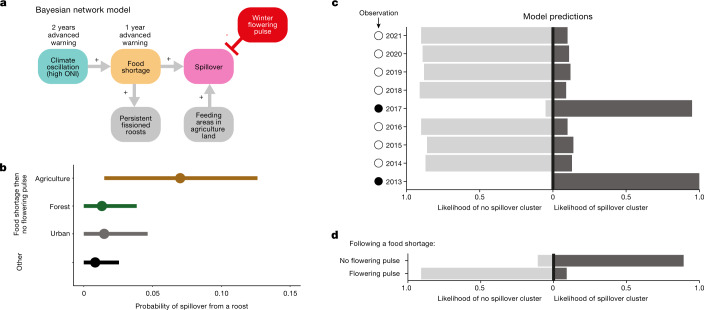Fig. 4. Prediction of spillover on the basis of bat ecology and ecological conditions.
a, Structure of the Bayesian network model: strong El Niño events preceded food shortages that were associated with population fissioning and formation of persistent roosts in agricultural and urban areas. Spillover risk was greatest when Pteropus alecto fed in agricultural areas during a winter that followed an acute food shortage. The presence of a pulse of winter flowering that attracted large aggregations of bats mitigated spillover risk. Time delays between high ONI, food shortages and spillover allow advanced prediction, although winter-flowering pulses that mitigate spillover could not be predicted in advance. b, Probability of a spillover at the roost level given scenarios of land use under the condition of a food shortage followed by no winter-flowering pulse. Other, collates all other scenarios of the presence and absence of food shortages and flowering pulses. The circles are maximum a posteriori point estimates, and the bars are 95% highest posterior density credible intervals. c, Predicted probability of a cluster of spillovers in each year from 2013 to 2021. Predictions for a given year were made with all observations to that date; information from future years was not incorporated into predictions. In 2017 and 2013, food shortages in the year before and no winter-flowering pulse led to elevated risk of spillover, whereas in the other years, no clusters of spillovers were predicted. All predictions were consistent with the realized data on the absence (open circles) or presence (closed circles) of clusters of spillover. d, Predictive probability of a cluster of spillovers in winter 2020, following a food shortage in 2019. A winter-flowering pulse occurred in early July 2020 and no winter spillovers were observed. We predicted that a cluster of spillover events would have occurred if there had not been a flowering pulse.

